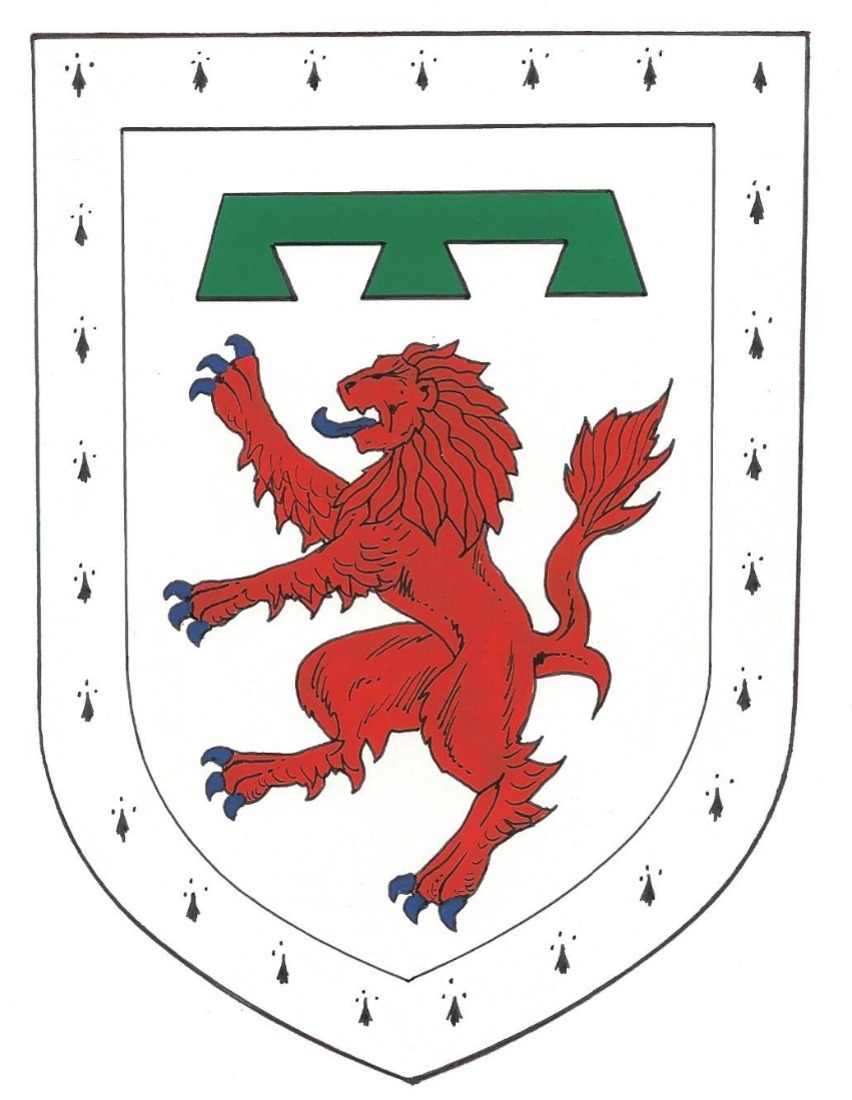David De Seton
Sovereign Grand Commander 1572 -1585

David de Seton 7th of Parbroath) 1543- 1601. He was the son of Gilbert Seton “Younger” of Parbroath and Helen Leslie. Daughter of George Leslie, 4th Earl of Rothes and Margaret Crichton.
His home was Parbroath Castle in Creich, Fife and his surname was sometimes written "Seyton" or Seytoun".
In March 1588 he was made keeper of the East and West Lomond Hills of Fife, hills near Falkland Palace. He was the Comptroller of Scotland, in charge of a branch of royal finance and expenses of the household from November 1588 to 1597.
The Comptroller of Scotland was a post in the pre-Union government of Scotland. The Treasurer and Comptroller had originated in 1425 when the Chamberlain's financial functions were transferred to them.[2]
From 1466 the Comptroller had sole responsibility for financing the royal household to which certain revenues (the property) were appropriated, with the Treasurer being responsible for the remaining revenue (the casualty) and other expenditure. His position of Comptroller left him with debts.
On 25 May 1590 he was made Chamberlain of Dunfermline for Anne of Denmark after her Marriage to James VI and I (James Charles Stuart; 19 June 1566 – 27 March 1625) King of Scotland and as James VI King of England and Ireland.
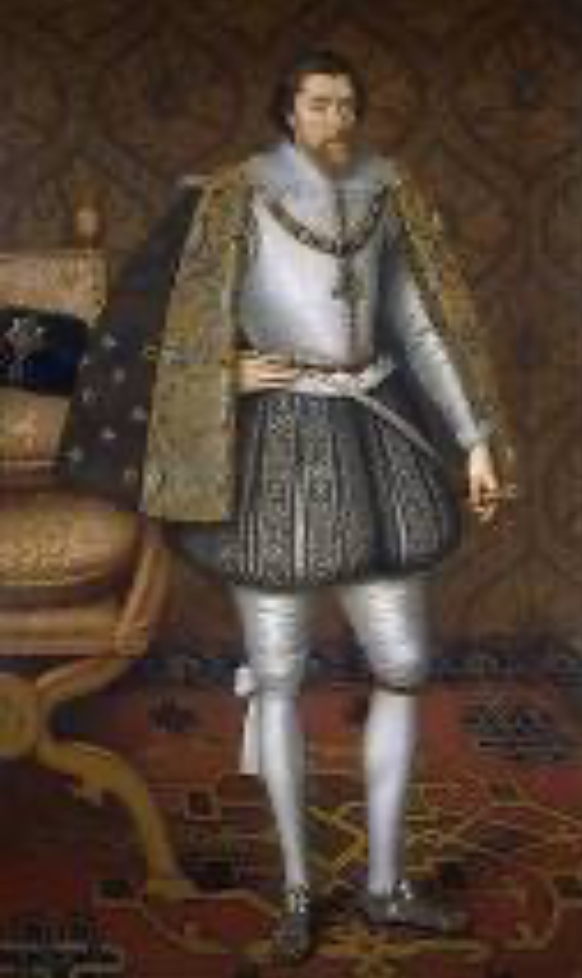
King James V1
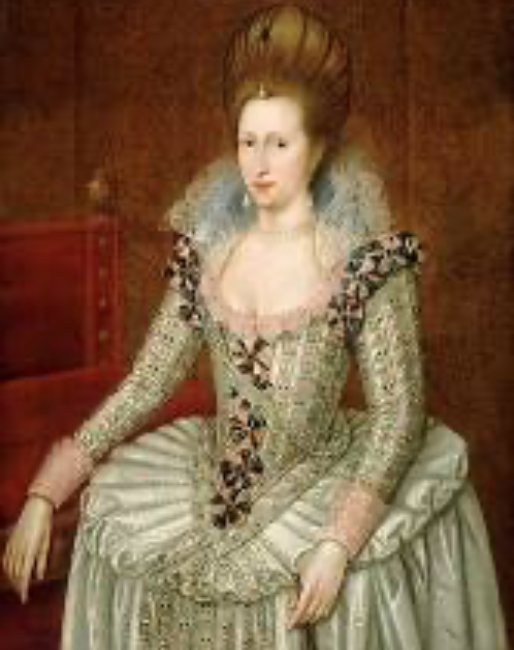
Anne of Denmark
The office of Comptroller was passed to William Schaw. claimed to have been an important figure in the development of Freemasonry in Scotland. Regulated Freemasonry in Scotland is older than in any other part of the British Isles. The connection between the actual craft of stonemasonry and modern Freemasonry can be readily established in Scotland. This direct connection can be traced from the oldest Masonic written records in the world, which are the property of the Grand Lodge of Scotland in Edinburgh.
After the marriage between the King and Anne of Denmark, the Chancellor John Maitland and holder of the Privy Seal in Scotland, passed the Danish dowry money given to James VI to David Seton of Parbroath who invested it in several Scottish "burghs" or towns at 10% interest. James VI withdrew the money by 1594, much of it to finance the masque at the baptism of Prince Henry.
In 1593 David Seton of Parbroath was involved in a boundary dispute at Torwood forest with John Drummond of Slipperfield, father of the poet William Drummond of Hawthornden. The Torwood belonged the lands of the Chapel Royal and had a boundary with Forrester's Mansion, or Torwood Castle. Alexander Forrester of Garden assembled a company of armed men to intimidate commissioners intending to walk the boundary.[5]
The Seton`s were at one time considered one of the most influential families in Scotland; Sir Christopher Seton had been in attendance when Robert the Bruce murdered John Comyn and was also present at Bruce’s coronation at Scone in 1306. The Seton`s together with other eminent Scottish families signed the Declaration of Arbroath.
When the Knights Templars were deprived of their patrimonial interest through the instrumentality of their Grand Master Sir James Sandilands they drew off in a body, with David Seton, Grand Prior of Scotland (nephew of 6th Lord Seton?), at their head.” This transaction is alluded to in a poem, entitled Haly Kirk and her Theeves in the following manner.
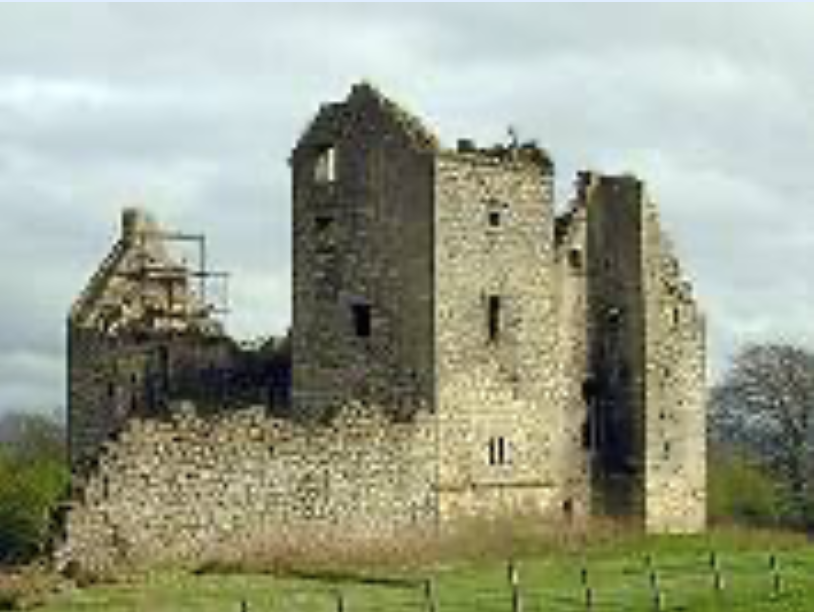
Torwood Castle
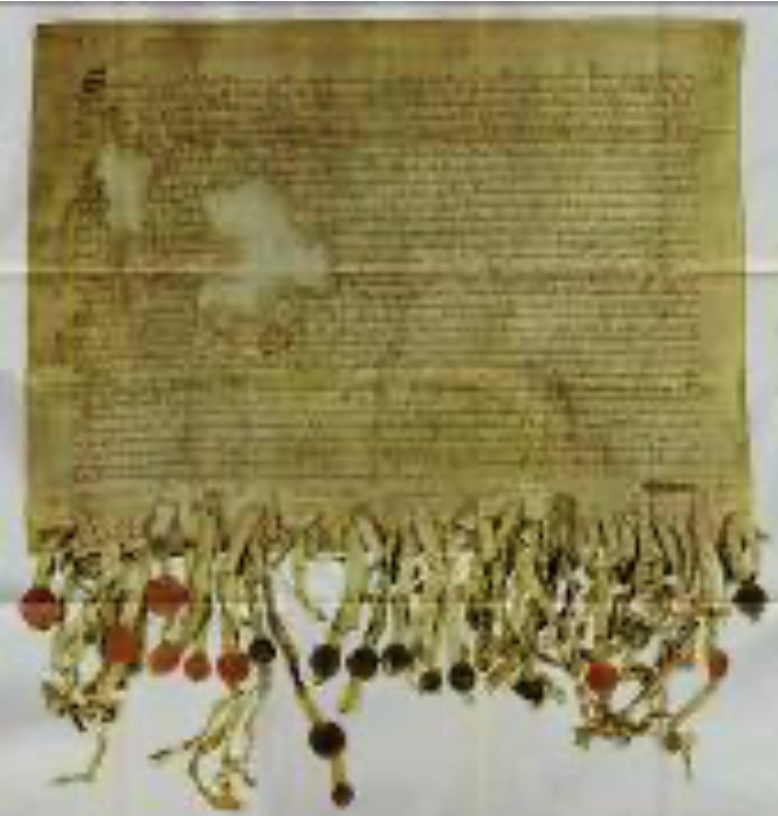
Declaration of Arbroath
Fye upon the traitor then,
Quhas has brocht us to sic pass,
Greedie als the knave Judas!
Fye upon the churle quhat solde,
Haly erthe for heavie golde;
Bot the temple felt na loss,
Quhan David Setoune bare the crosse.
“The Setons of Scotland or An Old Family” states. “Torphichen a church and Preceptory of the Knights Hospitallers of Saint John of Jerusalem was situated a few miles from Linlithgow.
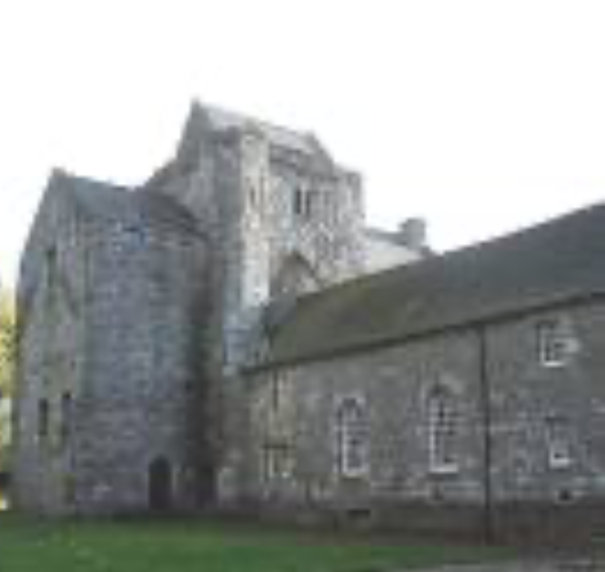
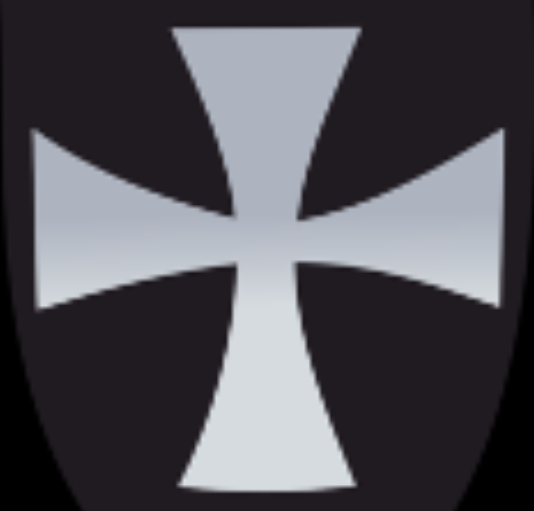
Preceptory of the Knights Hospitallers
In 1345 Alexander de Seton is mentioned in a charter as a Knight of that Order and in that house. The last preceptor or Grand Master of that Order in Scotland was Sir James Sandilands who, having joined the Reformers in 1560 was guilty of a breach of trust in receiving the large estates of the Order as a temporal barony. He was raised to the peerage under the title of Lord Torphichen and given a heraldic augmentation which was no less than the arms of the Order in Scotland thus formerly perpetuating the memory of his sacrilege, the peerage is still extant.”
The previously mentioned breach of trust carried out by Sandilands came about when the Pope’s authority in Scotland was abolished and the Order of St Johns rights to the Preceptory of Torpichen were annulled as a result. As Prior, Sandilands was obliged to turn all the properties he administered for the Order to the Crown and instead presented himself to Mary Queen of Scots (a distant relative) and on payment of 10,000 crowns plus an annual rent, gained for himself a perpetual leasehold of the properties and was given the title Baron Torpichen. This action has subsequently been described by historians as having “swindled the Hospitallers by illicitly disposing of their lands for his own advantage.”
i) History of the Family Seton during eight centuries, National Library of Scotland
ii) The debts of James VI of Scotland', The Economic History Review, 62:4 (November 2009), pp. 926-952 at pp. 934, 937.
iii) Dr David Stevenson, Review of The Origins of Freemasonry Facts and Fictions, (review no. 517)
iv) A. Montgomerie, 'King James VI's Tocher Gude and a Local Authorities Loan of 1590', Scottish Historical Review, 37:123:1 (April 1958), pp. 11-16.
v) “The History of the Family of Seton” published in 1896 by George Seton
vi) The Setons of Scotland or An Old Family” Robert Seton. Originally published: 1899




